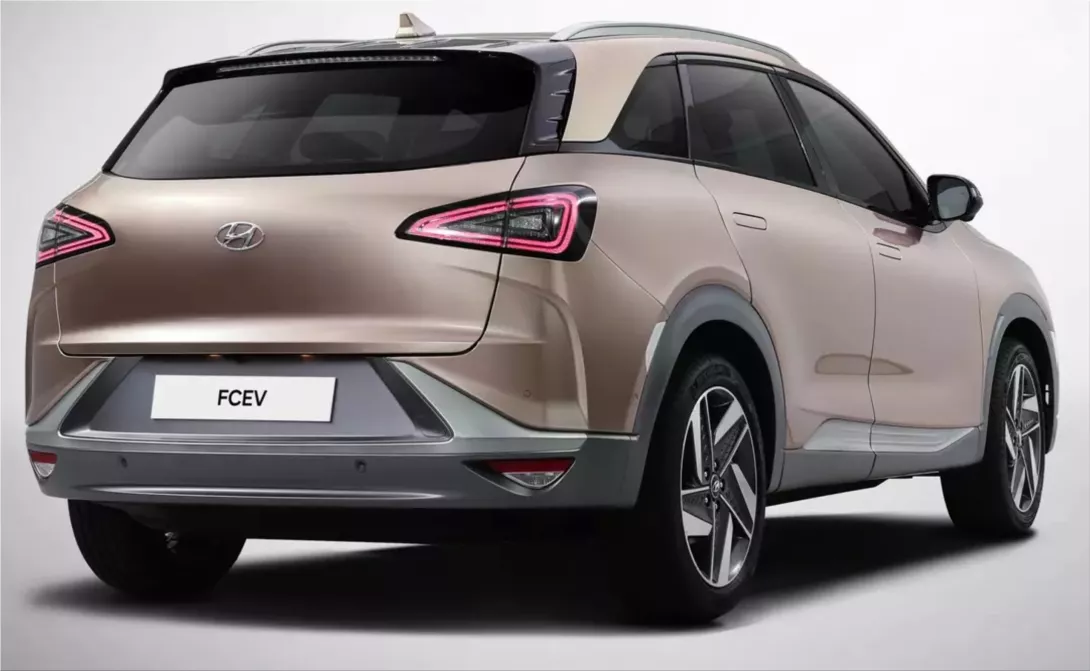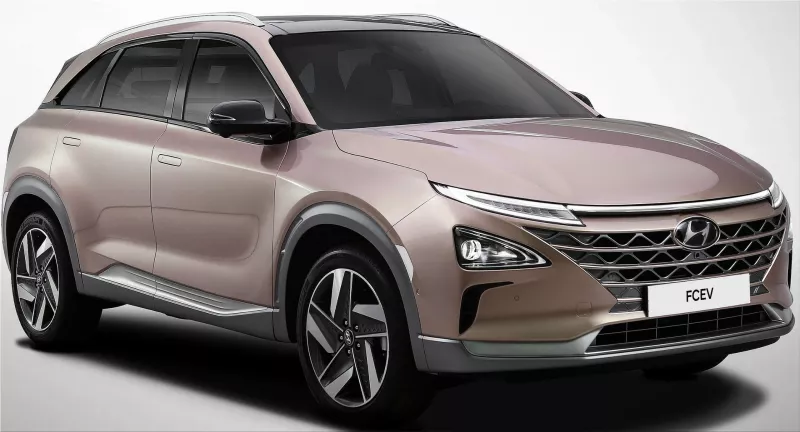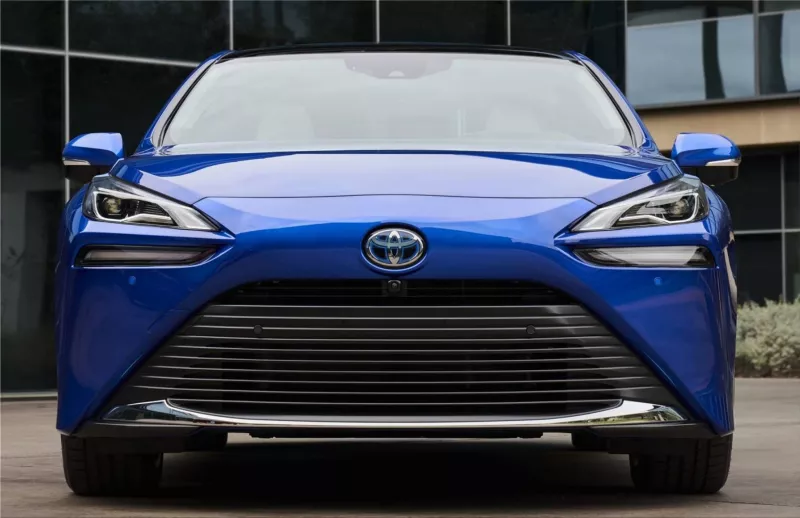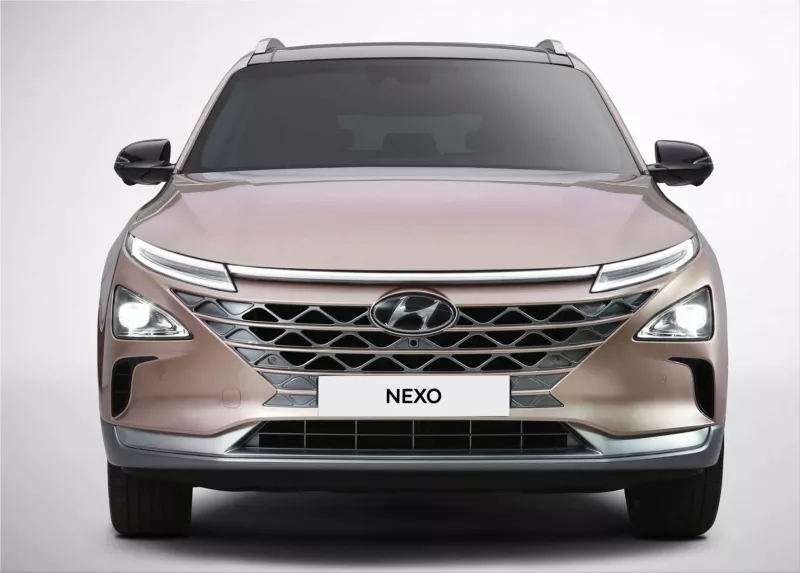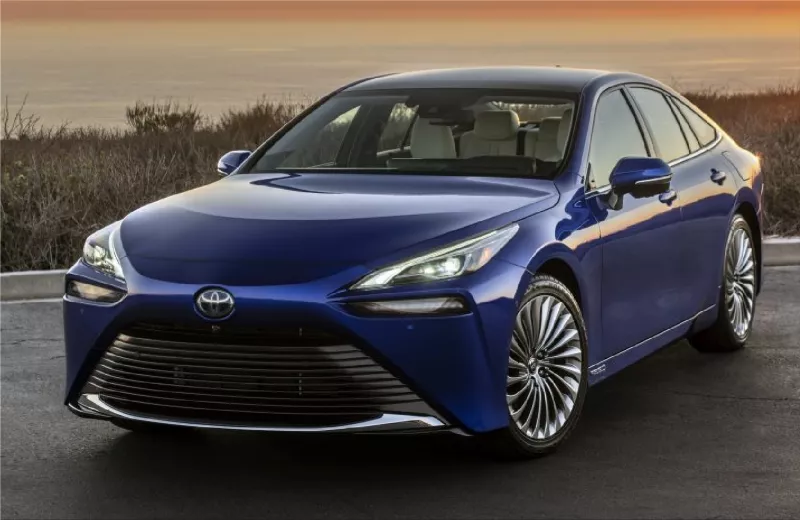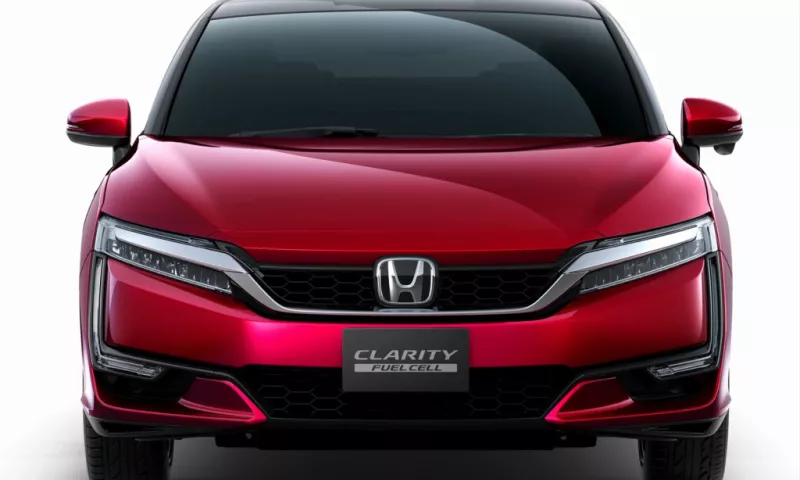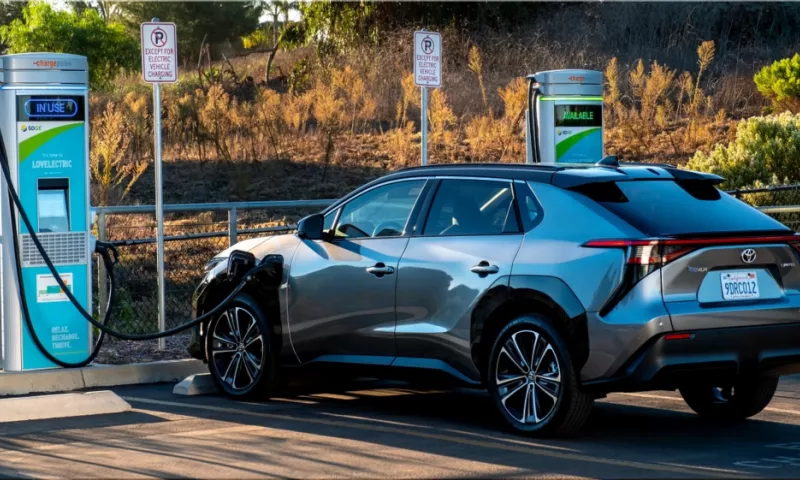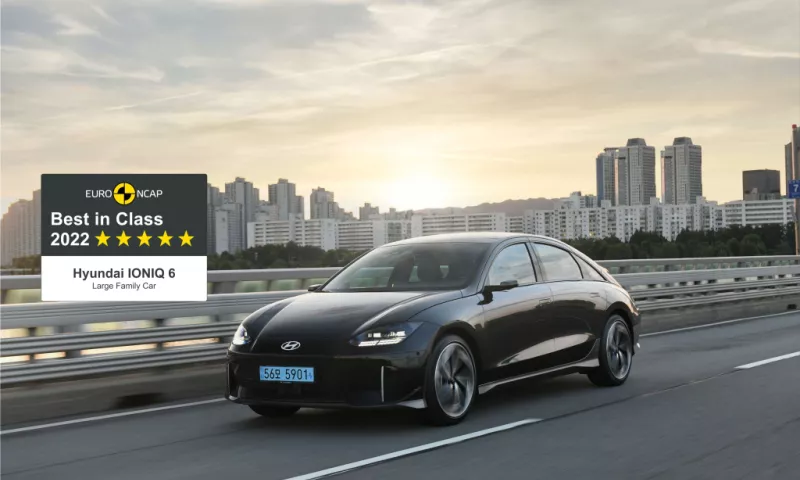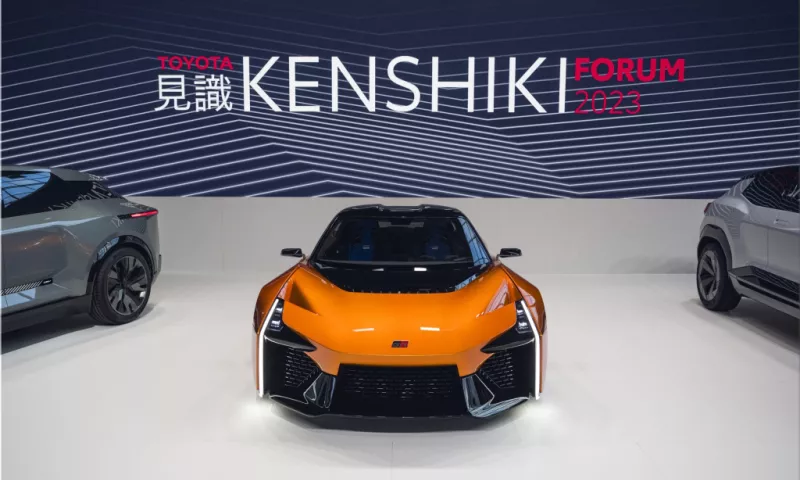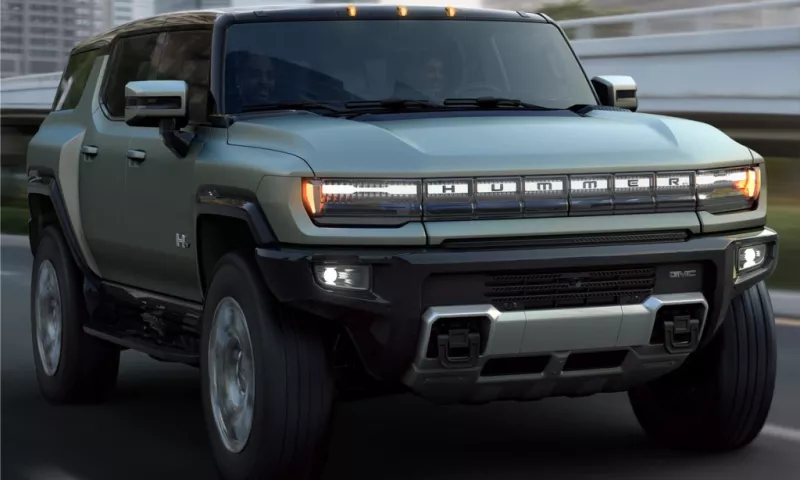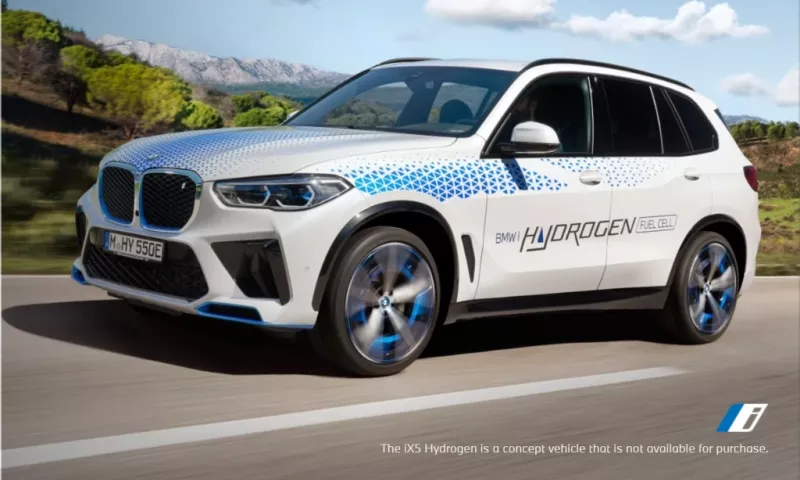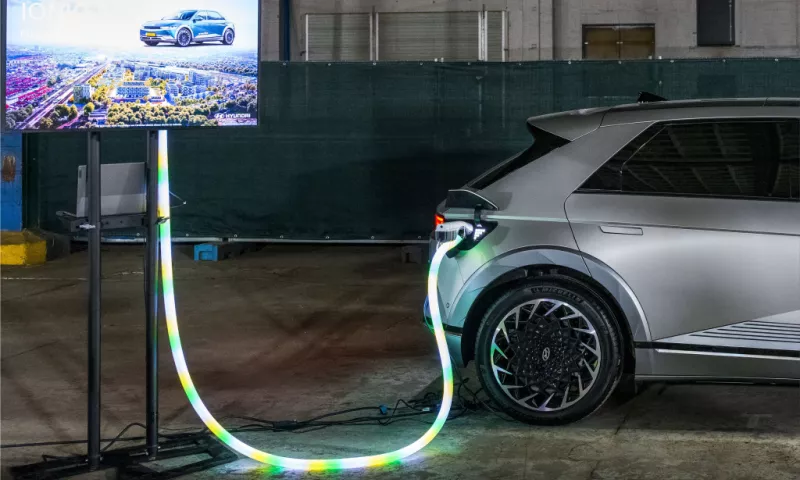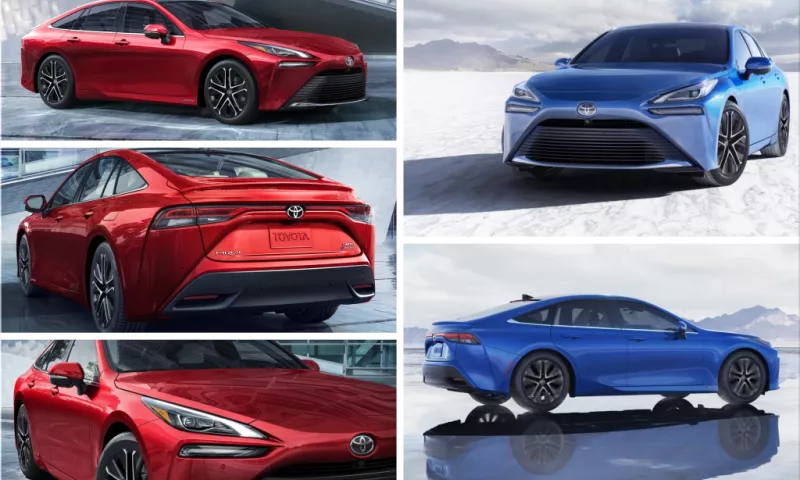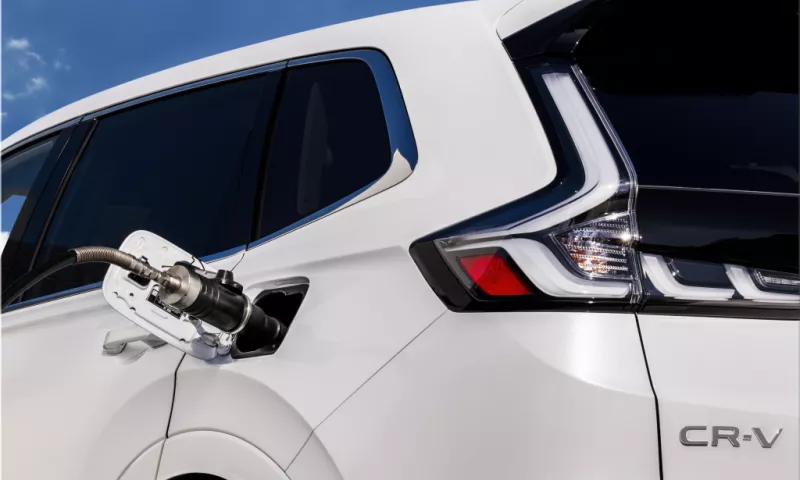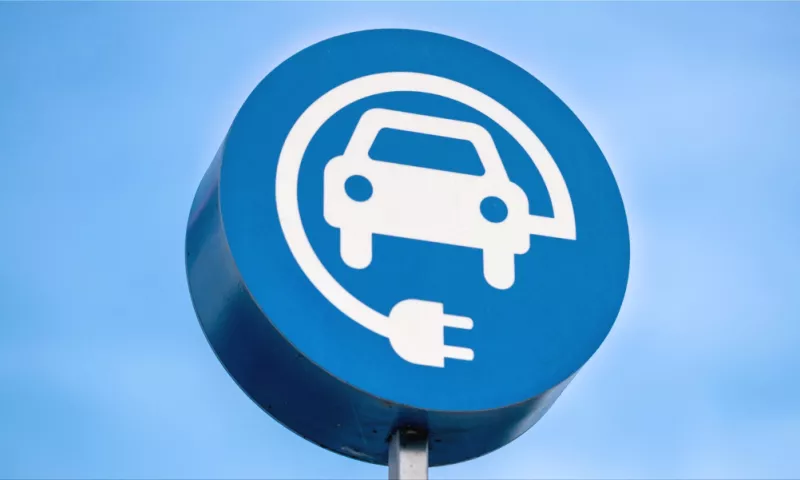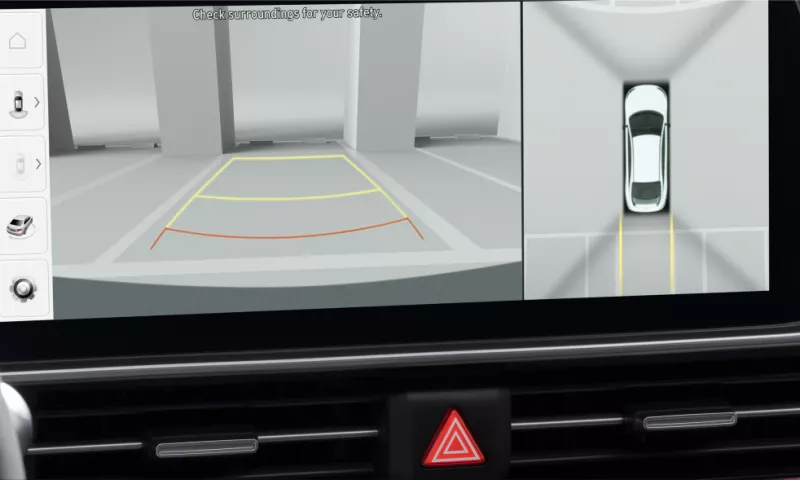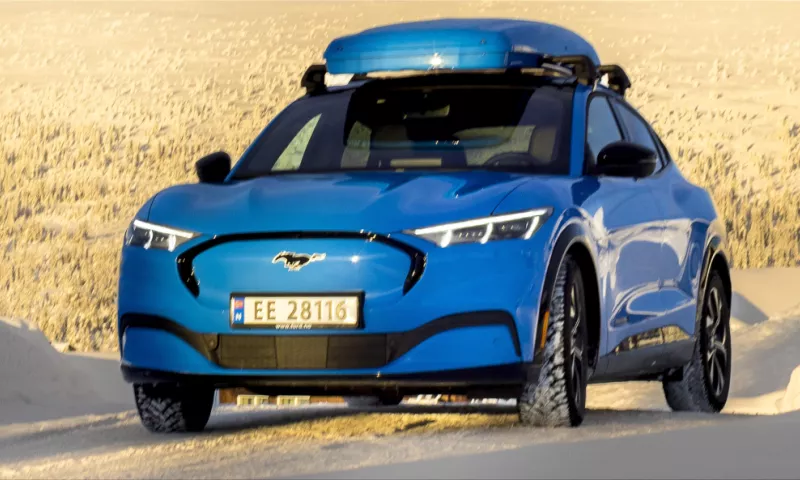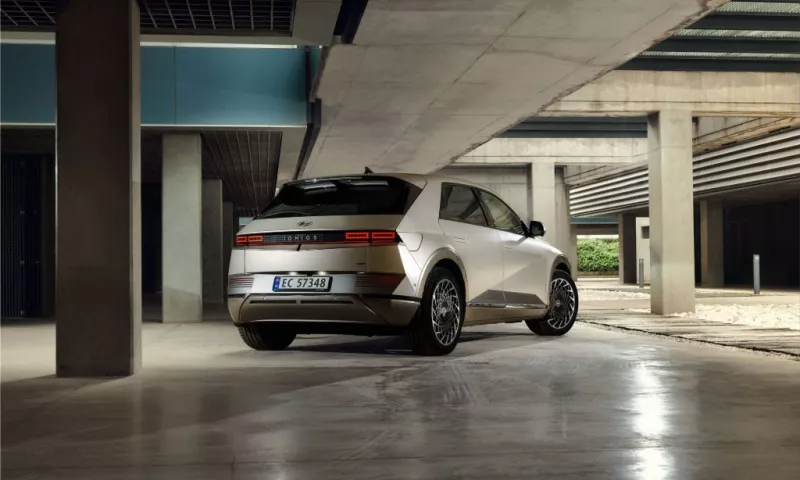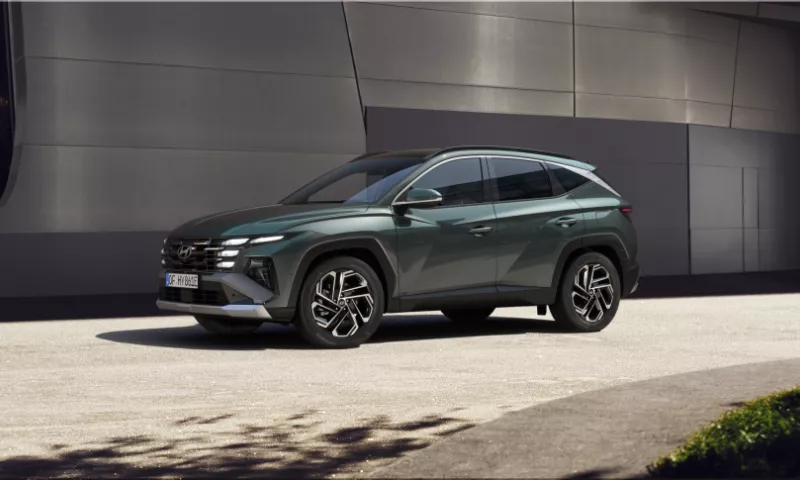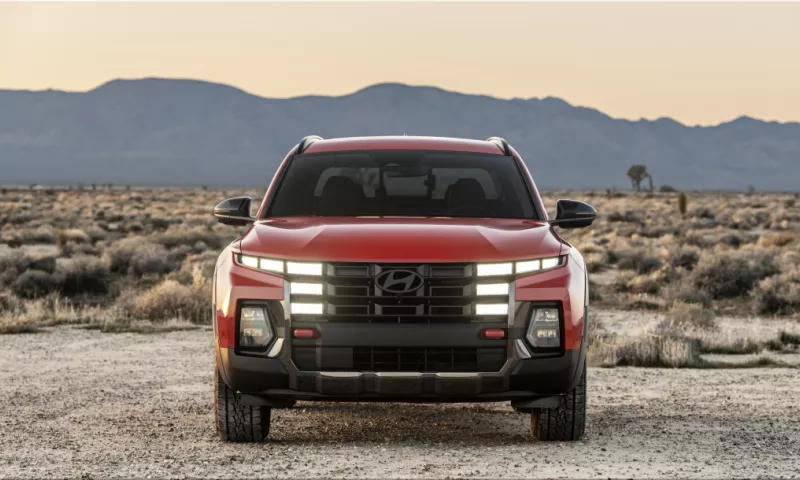Hydrogen is often hailed as the ultimate clean energy source for transportation. Unlike fossil fuels, hydrogen does not produce any harmful emissions when burned or used in fuel cells. Hydrogen cars are vehicles that use hydrogen fuel cells to generate electricity and power the engine. They are similar to electric cars but have some advantages and disadvantages that make them very different. In this article, I will explain what hydrogen cars are, how they work, and why they are the future of green transportation.
What Are Hydrogen Cars?
Hydrogen cars are vehicles that use hydrogen fuel cells to generate electricity and power the engine. A fuel cell is a device that converts chemical energy into electrical energy by combining hydrogen and oxygen. The only byproducts of this process are water vapor and heat. Hydrogen cars have a tank that stores compressed hydrogen gas, which is fed into the fuel cell stack. The fuel cell stack produces electricity that powers an electric motor that drives the wheels. Hydrogen cars also have a battery that stores excess electricity and provides extra power when needed.
How Do Hydrogen Cars Work?
Hydrogen cars work by using a series of chemical reactions to produce electricity from hydrogen and oxygen. The main components of a hydrogen car are:
- Hydrogen tank: This is where compressed hydrogen gas is stored at high pressure (up to 700 bar or 10,000 psi). The tank is made of carbon fiber or metal to withstand pressure and prevent leaks.
- Fuel cell stack: This is where hydrogen and oxygen are combined to produce electricity. The fuel cell stack consists of several layers of electrodes (anodes and cathodes) separated by a membrane (electrolyte). Hydrogen gas flows through the anode side, where it splits into protons (H+) and electrons (e-). The protons pass through the membrane to the cathode side, where they react with oxygen from the air to form water. The electrons flow through an external circuit to the electric motor, creating an electric current.
- Electric motor: This is where electricity from the fuel cell stack or the battery is converted into mechanical energy that drives the wheels. The electric motor can also act as a generator, capturing kinetic energy from braking and converting it into electricity that can be stored in the battery or used by the fuel cell stack.
- Battery: This is where excess electricity from the fuel cell stack or the electric motor is stored for later use. The battery can also provide extra power when needed, such as during acceleration or uphill driving.
Why Are Hydrogen Cars The Future Of Green Transportation?
Hydrogen cars have many benefits that make them ideal for green transportation. Some of these benefits are:
- Zero emissions: Hydrogen cars do not emit any harmful gases or particles when they run. The only byproduct of their operation is water vapor, which does not contribute to air pollution or global warming. This makes hydrogen cars much cleaner than gasoline or diesel cars, emitting carbon dioxide, nitrogen, sulfur, and particulate matter.
- Renewable energy: Hydrogen can be produced from renewable sources, such as water, solar power, wind power, or biomass. This means that hydrogen can be a sustainable and carbon-neutral energy source, unlike fossil fuels, which are finite and contribute to climate change. Hydrogen can also be used to store excess renewable energy when supply exceeds demand and release it when needed.
- High efficiency: Hydrogen cars have a higher efficiency than gasoline or diesel cars because they convert more of their fuel's energy into useful work. According to the U.S. Department of Energy, fuel cell vehicles can achieve up to 60% efficiency, compared to 25% for gasoline vehicles and 40% for diesel vehicles. This means that hydrogen cars can travel farther on less fuel, saving money and resources.
- Long range: Hydrogen cars have a longer range than electric cars because they can store more energy in their tanks than batteries can. According to PCMag, hydrogen cars can travel up to 400 miles on a single fill-up, compared to 200 miles for electric cars on average. This means that hydrogen cars can cover longer distances without needing to recharge or refuel.
- Fast refueling: Hydrogen cars have a faster refueling time than electric cars because they can fill up their tanks in minutes rather than hours. According to E&C, hydrogen cars can refuel in about five minutes at a hydrogen station, compared to 30 minutes for electric cars at a fast-charging station. This means that hydrogen cars can reduce the downtime and anxiety of drivers who need to travel long distances or in areas with limited charging infrastructure.
